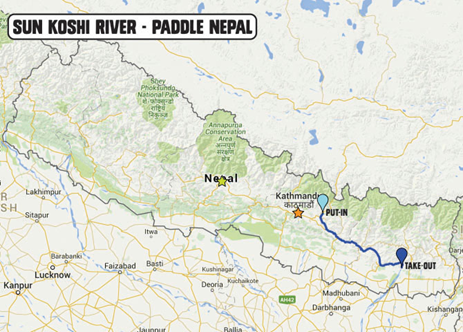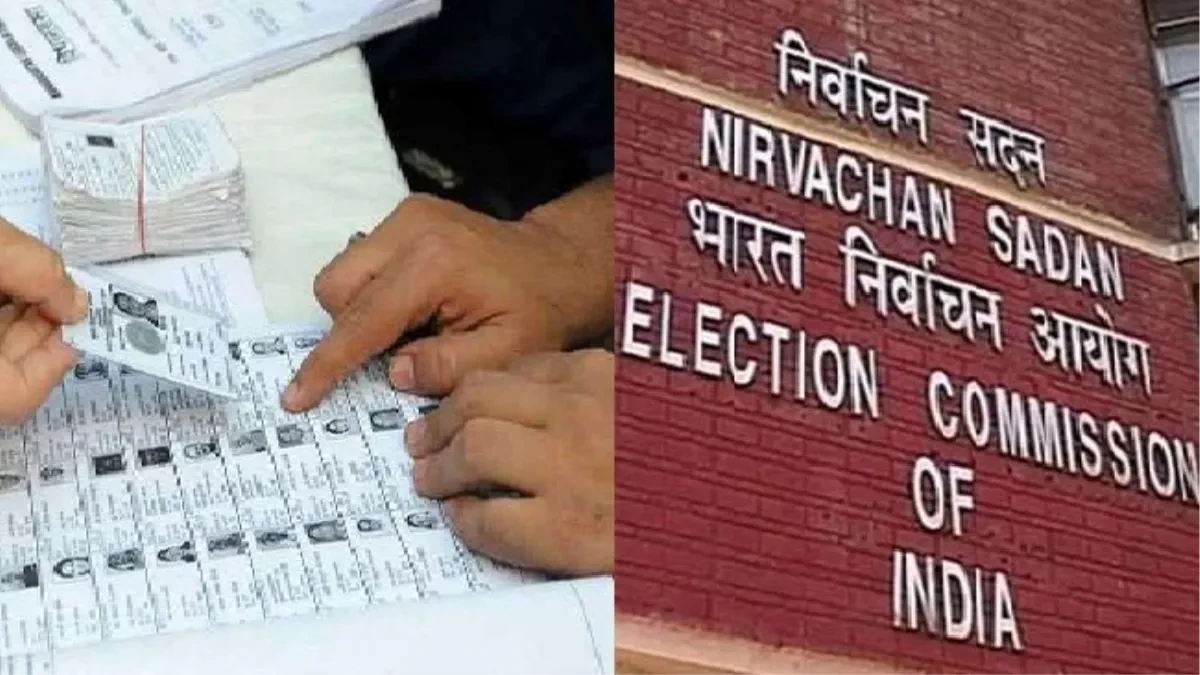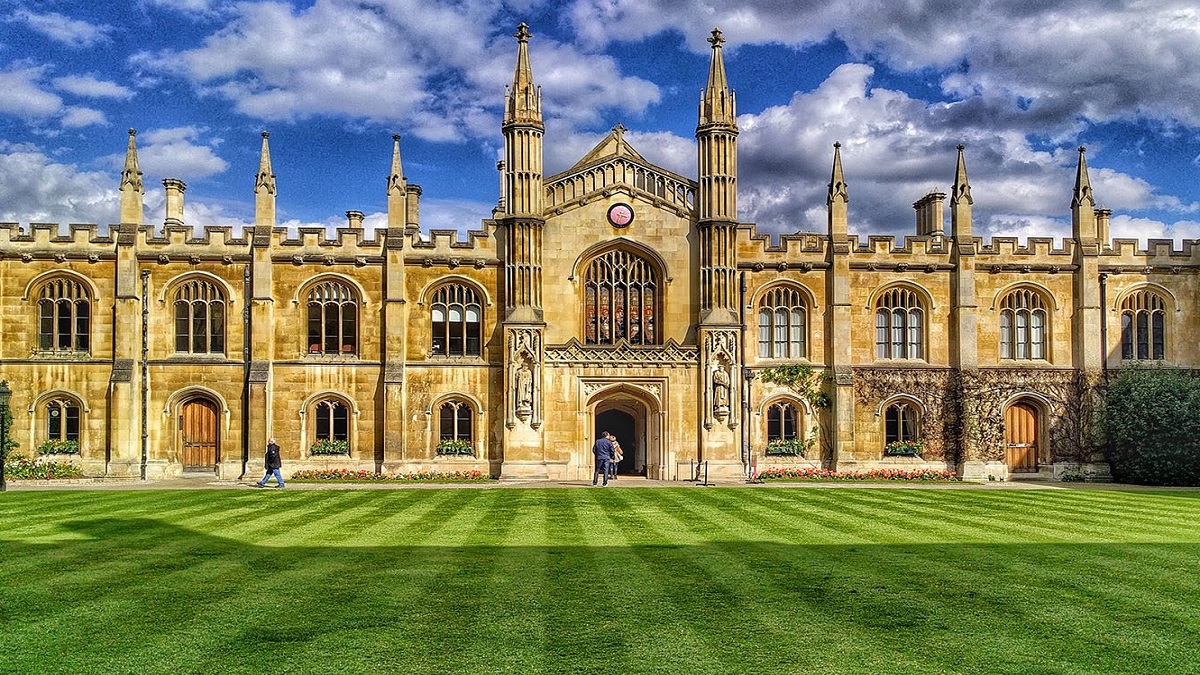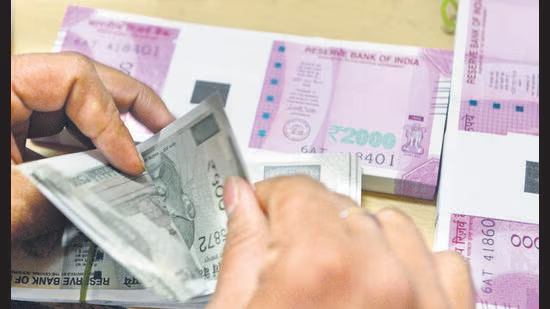- Courses
- GS Full Course 1 Year
- GS Full Course 2 Year
- GS Full Course 3 Year
- GS Full Course Till Selection
- Answer Alpha: Mains 2025 Mentorship
- MEP (Mains Enrichment Programme) Data, Facts
- Essay Target – 150+ Marks
- Online Program
- GS Recorded Course
- Polity
- Geography
- Economy
- Ancient, Medieval and Art & Culture AMAC
- Modern India, Post Independence & World History
- Environment
- Governance
- Science & Technology
- International Relations and Internal Security
- Disaster Management
- Ethics
- NCERT Current Affairs
- Indian Society and Social Issue
- NCERT- Science and Technology
- NCERT - Geography
- NCERT - Ancient History
- NCERT- World History
- NCERT Modern History
- CSAT
- 5 LAYERED ARJUNA Mentorship
- Public Administration Optional
- ABOUT US
- OUR TOPPERS
- TEST SERIES
- FREE STUDY MATERIAL
- VIDEOS
- CONTACT US
Key Facts about Sunkoshi River
Key Facts about Sunkoshi River
06-06-2024

A recent river cleanup campaign removed a substantial amount of waste from the Sunkoshi River under the PLEASE (Plastic Free Rivers and Seas of South Asia) program.
About the Sunkoshi River:
- Sunkoshi, also known as the “river of gold,” is a river located in Nepal and is part of the Koshi or Saptkoshi River system.
- Originating in the Zhangzangbo Glacier in Tibet, the Sunkoshi River merges with the Saptkoshi River and eventually joins the Ganges in India before reaching the Bay of Bengal in Bangladesh.
- It is one of the longest and most popular rivers for rafting in Nepal and is known for its challenging rapids.
- The Sunkoshi River forms the watershed for most of eastern Nepal.
Key Points about the Koshi River:
- The Koshi River is a transboundary river flowing through China, Nepal, and India and is a major tributary of the Ganges.
- Originating from the Tibetan Plateau, it crosses the Himalayas and flows through various geographical features before meeting the Ganges in Bihar, India.
- The Koshi River system drains about 45% of Nepal and is known for its tendency to change course, particularly in a westward direction.
- The Kosi River valley is bounded by steep margins, which disconnect it from neighboring rivers.
- The Koshi River has caused significant human suffering in the past due to flooding and frequent changes in its course.
- The Koshi River has several major tributaries, including the Sun Koshi, Tama Koshi, Dudh Koshi, Indravati, Likhu, Arun, and Tamore or Tamar.
Main Tributaries of the Ganges River:
- The Yamuna, the Ghaghara, the Gandak, and the Kosi are the main tributaries of the Ganges River.
What is the Plastic Free Rivers and Seas of South Asia program?
- The Plastic Free Rivers and Seas for South Asia (PLEASE) program is a collaboration between the World Bank, Parley for the Oceans, and the South Asia Cooperative Environment Programme (SACEP).
- It's a $40 million, 5-year project across all eight South Asian countries: Afghanistan, Bangladesh, Bhutan, India, Maldives, Nepal, Pakistan, and Sri Lanka.
- The program aims to reduce plastic pollution in South Asian rivers and seas by encouraging innovation and collaboration between the public and private sectors.
Project goals
- The project aims to reduce plastic pollution flowing into the South Asian seas.
- It also aims to encourage a circular plastic economy in South Asia by promoting investments and collaboration.
Project components
The project has 4 main components:
-
Competitive block grants: $20 million is allocated to support competitive block grants to reduce plastic waste.
-
Private sector engagement: $9 million is allocated to leverage private sector engagement and solutions.
-
Strengthening innovation: The project aims to strengthen innovation and coordination of circular economy solutions to plastic pollution.
-
Regional integration: The project aims to strengthen regional integration institutions.
Project impact
Plastic pollution can have far-reaching economic, ecological, and health impacts. It can also threaten development.



